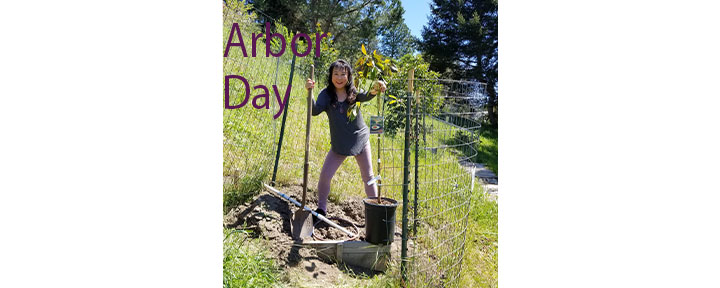
For Arbor Day – and to support Aidan’s Seeds of Hope project – I am planting 3 Lamb Haas avocado trees today! Since 1872, people have been planting trees on this day to celebrate the vital role trees play in our well being for both human and climate prosperity.
My student Aidan has planted over 600 trees since October 2019. He was working with schools (before the coronavirus struck) and continues to plant trees on his own. Why? Check out his website to learn more. I love joining my students – they have refreshing ideas and they have ethics and drive.
I just learned that the avocado seeds that I placed in glasses of water with toothpicks to hold them up, the kind you get from the grocery store, usually don’t produce avocados… This was disappointing to learn considering I planted 3 trees from seeds about 6 years ago. No wonder they aren’t producing fruit. Then I learned that they need to cross pollinate between type A and type B varieties. So we got avocado trees that have been grafted with both type A and type B branches. See what you can learn when you’re spending more time at home?
You can even plant from seeds to save money! I’m hoping for bushels full of my favorite Haas avocados in a few years. So plant a tree this weekend!

For Arbor Day – and to support Aidan’s Seeds of Hope project – I am planting 3 Lamb Haas avocado trees today! Since 1872, people have been planting trees on this day to celebrate the vital role trees play in our well being for both human and climate prosperity.
My student Aidan has planted over 600 trees since October 2019. He was working with schools (before the coronavirus struck) and continues to plant trees on his own. Why? Check out his website to learn more. I love joining my students – they have refreshing ideas and they have ethics and drive.
I just learned that the avocado seeds that I placed in glasses of water with toothpicks to hold them up, the kind you get from the grocery store, usually don’t produce avocados… This was disappointing to learn considering I planted 3 trees from seeds about 6 years ago. No wonder they aren’t producing fruit. Then I learned that they need to cross pollinate between type A and type B varieties. So we got avocado trees that have been grafted with both type A and type B branches. See what you can learn when you’re spending more time at home?
You can even plant from seeds to save money! I’m hoping for bushels full of my favorite Haas avocados in a few years. So plant a tree this weekend!

History repeats itself. Plagues have wiped out millions of people every 100 years for 4 centuries. That’s why we trust facts and statistics. When we aren’t testing our 350 million US citizens, yet the government is talking about lifting the shelter-in-place orders based on economics and not the status of COVID-19, I am outraged and disillusioned.
My daughter Nicole (ER doc) just texted this to me:
“If the first wave of the Spanish Flu killed 3-5 million but the second wave killed 20-50 million, how are we going to handle the second wave?”
I told her that she shouldn’t be a hero when protestors are heading back to work, taking mass transportation, and ignoring the shelter-in-place orders. My friends and I have made 300 3-layered cloth masks with MERV-14 filters and 300 face shields to give every frontline worker in the Emergency Dept at her hospital the personal protection they can use when the second wave hits the Bay Area.
 It sickens me to know that come fall 2020, my daughter and all of the healthcare workers in the United States and the world will face the second wave of this pandemic that will overwhelm them and probably kill 20-50 million people.
It sickens me to know that come fall 2020, my daughter and all of the healthcare workers in the United States and the world will face the second wave of this pandemic that will overwhelm them and probably kill 20-50 million people.
Why?
Because short-sighted people who run the government at the federal level and in many states don’t understand that by lifting the shelter-in-place order to get people back to work again BEFORE we’ve analyzed the spread of the virus and antibodies, we may experience an overwhelming resurgence of the coronavirus that will topple our economy and kill over 100 times more people in the process.
We need to listen to the medical professionals and stop listening to the politicians. Hunker down, simplify your life, and then come out to play and work when the coronavirus is contained and controlled.
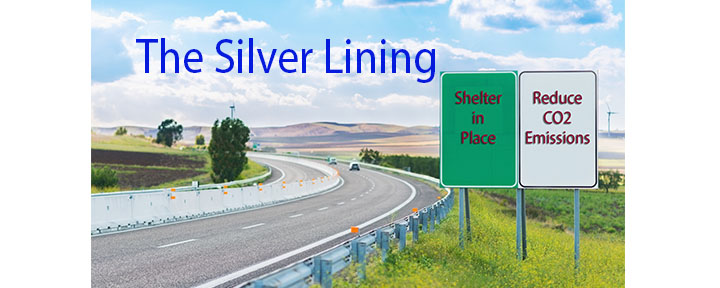
The global response to the coronavirus pandemic has shown us that we can change our routines and behavior. One of my students organized “WHEN, NOT IF…” to ask if people could reduce driving vehicles by 10% per week to substantially reduce their CO2 output. He created a handy calculator that allows you to enter the amount of driving you do per week so you can see how much CO2 you are responsible for emitting each year. Now that we’re all sheltering in place, let’s enter our numbers to see how much CO2 has been reduced and what we can do in the future to lower our carbon emissions. That’s something we can all do now that we are driving less!
Roadways and freeways are open with considerably less traffic. The skies are clear and the air is fresh to breathe. Plants and wildlife have shown significant improvement in just a few months. The earth is breathing a sigh of relief. We can all make changes in our lifestyles to treat ourselves better, to treat the earth better, and to treat future generations better. We can do this!
Happy Earth Day!

We all know that we need 8 hours of sleep per night to be alert, to learn, and to be productive, but did you know that a REGULAR SLEEP-WAKE SCHEDULE can significantly prevent the chance of having a heart attack or heart disease?
That means that if you go to bed EVERY NIGHT and wake up EVERY MORNING at the same time (within a 90-minute window), you are actively improving your chance of preventing a heart attack. Your cardiovascular system relies on a strong circadian rhythm to maintain healthy functioning. When we fluctuate our sleep patterns – late nights on weekends and sleeping in on Saturdays and Sundays – we mess with our internal clocks, and this is linked to hypertension and diabetes.
With high school and college students staying up late to study a few nights per week and partying late at night on weekends, then going to bed early on Sunday nights before the school week starts, many students develop erratic sleep patterns. If this routine becomes a habit, our youth may be at a higher risk of heart issues.
So set a specific time to go to bed and to wake up each day that works best for your school, work, and family schedules. Then stick to it EVERY DAY. Create a bedtime routine so your body and mind start shutting down. I find tidying up the kitchen, brushing my teeth, taking a spa or bath, and then reading puts me to sleep in minutes. My morning routine starts with reading my emails at the same time every morning, which wakes me up and keeps me from falling back asleep.
Let’s organize our sleep-wake schedules, and then get our families on board next. It’s good for our kids’ mental and physical health, and it’s a gift that can save their lives!

I was disappointed that so many high schools have opted to give pass/no pass grades during this spring 2020 semester. Then I just heard something even more ridiculous: San Francisco has proposed to give all middle and high school students A’s for this semester. As a college advisor, I’m concerned that students will not get the foundation in their academic classes that they’ll need next semester, and that they will be at a disadvantage when they apply to colleges because many of their peers will have real grades for this semester on their transcripts.
I do realize that school administrators are facing pressure that some students don’t have access to high-speed internet or computers. This socioeconomic inequity in education needs to be changed – I agree wholeheartedly — but we can’t do it in the middle of a pandemic. For elementary and middle school students, grades aren’t essential and won’t affect their future the way they will for high school students.
When high school students know that they will receive A’s in all classes regardless of their attendance, homework completion, and ability to show knowledge of subject matter, it certainly won’t inspire them to learn or do the work. Seriously, why would students crack open a book or join Zoom classes if they didn’t have to? How will college admissions officers know the difference between a “D” student and an “A” student when they both receive the same “pass” or all students receive “A’s” on their transcript?
Some high schools have announced that they will give letter grades to all students in all classes. These students will have an advantage in the college-admissions process if they receive A’s and B’s. It shows that despite the shelter-in-place orders and the transformation from on-campus classes to virtual classes, these students better managed their academics and personal life challenges than students who didn’t get high marks.
I’ve also noticed that class-instruction time has dropped during the past month. At first, many students went one-to-three weeks without any instruction as teachers and administrators were thrown into chaos as they set up their zoom or virtual classes. Then some teachers created YouTube pre-recorded lectures for the students to watch every day and gave students homework to complete every night. Other teachers offered real-time classes with students using Zoom or other virtual platforms. This gave students time to interact with one another and have some sense of a regular school routine. I was impressed by these teachers and their students appreciated the normalcy this provided. But, soon after, I’ve watched school districts restructure class schedules. Now, most of the clients I see have maybe 30 minutes of actual teacher-led classes per week. Some teachers have online classes once per week and the students work independently the rest of the week. One thing is for sure: students are NOT receiving the instruction or personal guidance they need, and they will definitely enter future classes with less knowledge and a weaker foundation.
This will cause a kind of social graduation. Why? School districts and families don’t want students to retake this semester, and I understand their reasons. But, if the students are not learning the concepts and building the skills that they normally would during this semester, allowing them to take the next class in the series will cause dumbing down of future classes. For instance, let’s take a Spanish 2 high school class that doesn’t complete the last 2 months of real instruction. When students get a “pass” or an “A” in that class, they move on to Spanish 3 in the fall. The Spanish 3 teacher will expect incoming students to have a Spanish 2 foundation, which they won’t. That requires the Spanish 3 teacher to introduce the Spanish 2 concepts that the students missed in addition to all of the Spanish 3 concepts for the year. That’s not really possible, so teachers continue to pass students to the next level without the foundation needed to be successful.
The problem doesn’t stop in high school. College professors complain that students enter as freshmen without basic skills like reading comprehension, essay writing, science foundation, and more. I’ve talked to professors who say they feel like they’re teaching remedial classes in college. By passing students who haven’t learned the concepts on to higher-level classes, we are setting up an educational system that produces poor quality students.
There is a solution. We don’t have to drop our expectations for all students because some don’t have access to the internet or computers. Before the 1990s, we didn’t have internet or computers in every home. Let’s get books – yes, real books – out to students who can’t join Zoom classes. Let’s bring back the pencil and paper so students can write essays. Let’s snail mail these essays and homework assignments to teachers. Students can write research papers in lieu of taking final exams. There are many ways we can continue to teach, engage, and grade our students. read more
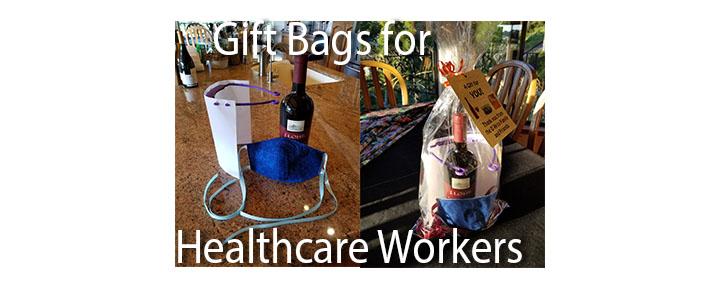
Just delivered 150 3-layered cloth masks, face shields, and bottles of wine to the nurses, doctors, and technicians at Valley Med today. When my daughter asked me to sew masks because she and her co-workers didn’t have the PPE they needed to protect themselves, I started sewing masks during every free moment I had.
I wanted to give her whole staff these cloth masks that have 2 pockets for filters so they know that we – the public, the patients – appreciate that they still go to work every day even when they are immersed in coronavirus without enough masks and shields. Thanks to social media, my friend Michele Roush has joined me in sewing even more masks. My IT has both of his 3D printers making face shields around the clock. My husband Rob thought that we should put a bottle of wine in each gift bag to ease the healthcare workers’ stress (for one night) so we did some research and got an amazing deal on 300 bottles!
We loaded our RV with the gift bags and all of the additional contents. It must have been quite the sight to see us filling gift bags as dozens of healthcare workers got off their shifts this afternoon. Nicole made sure we stayed in the RV – far away from everyone – and reminded us not to touch our faces even though we were wearing masks and gloves.
I didn’t expect the healthcare workers to be so grateful to receive the gift bags. I made the gifts to thank THEM for their service. It was a little gesture to make to make them feel appreciated. But they all came up to the RV door (that was manned by Nicole) to thank us. It’s like thanking someone for a thank-you gift.
I’m back at my sewing machine. New goal is to make 150 more masks and shields. We already have the wine. Until I know that all healthcare professionals have the PPE they need to protect themselves, I’m going to do what I can to lift their spirits and give them masks and shields. Want to join me? Please sew masks and 3D print shields! Have connections at wineries? We can do this! They need us!
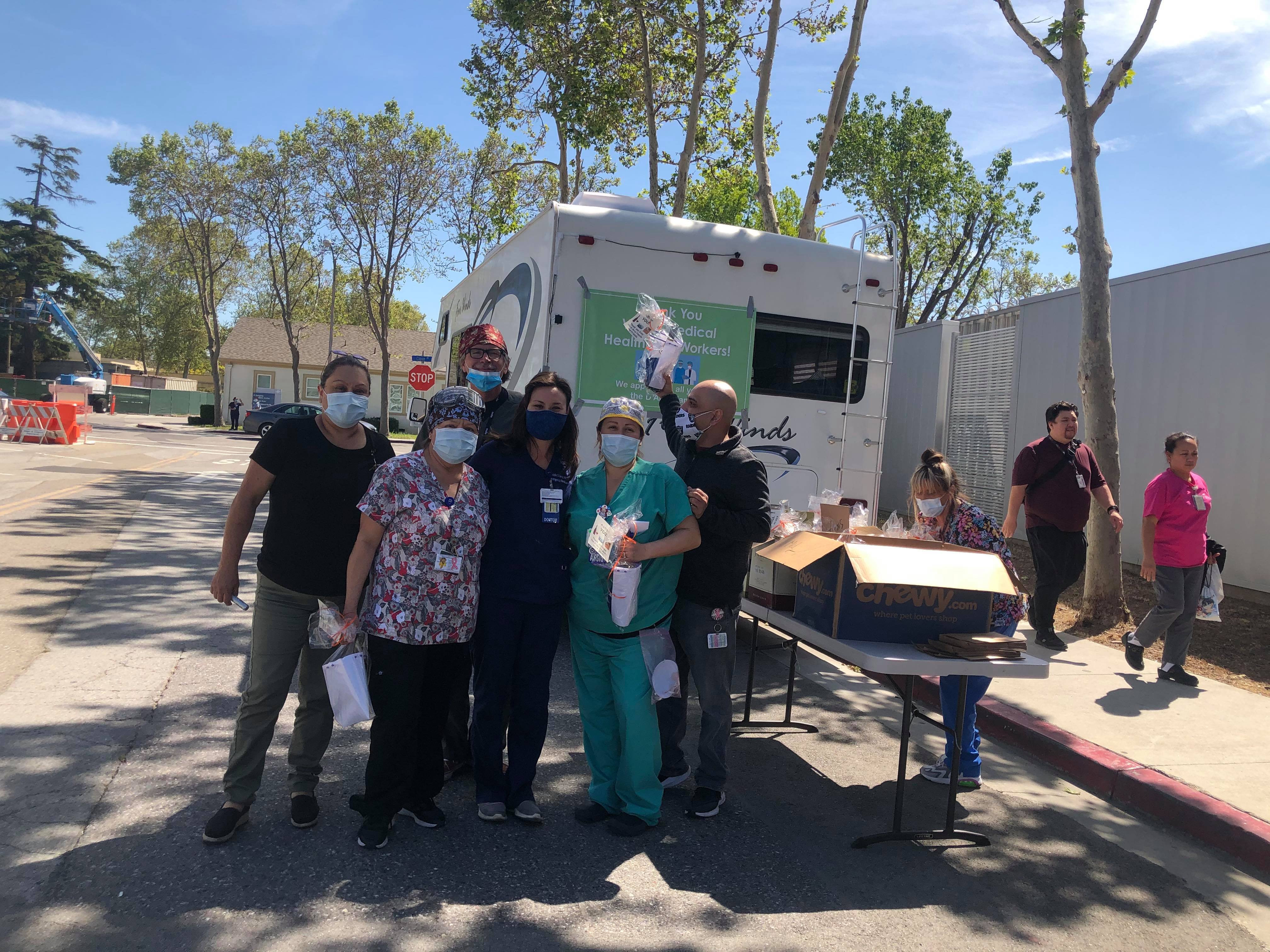
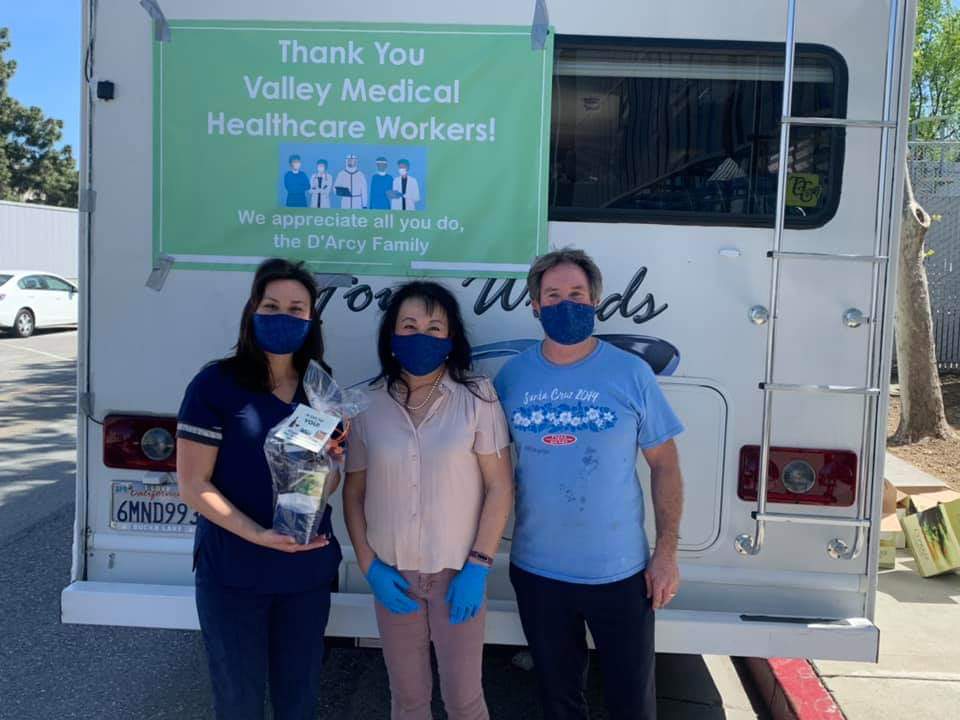
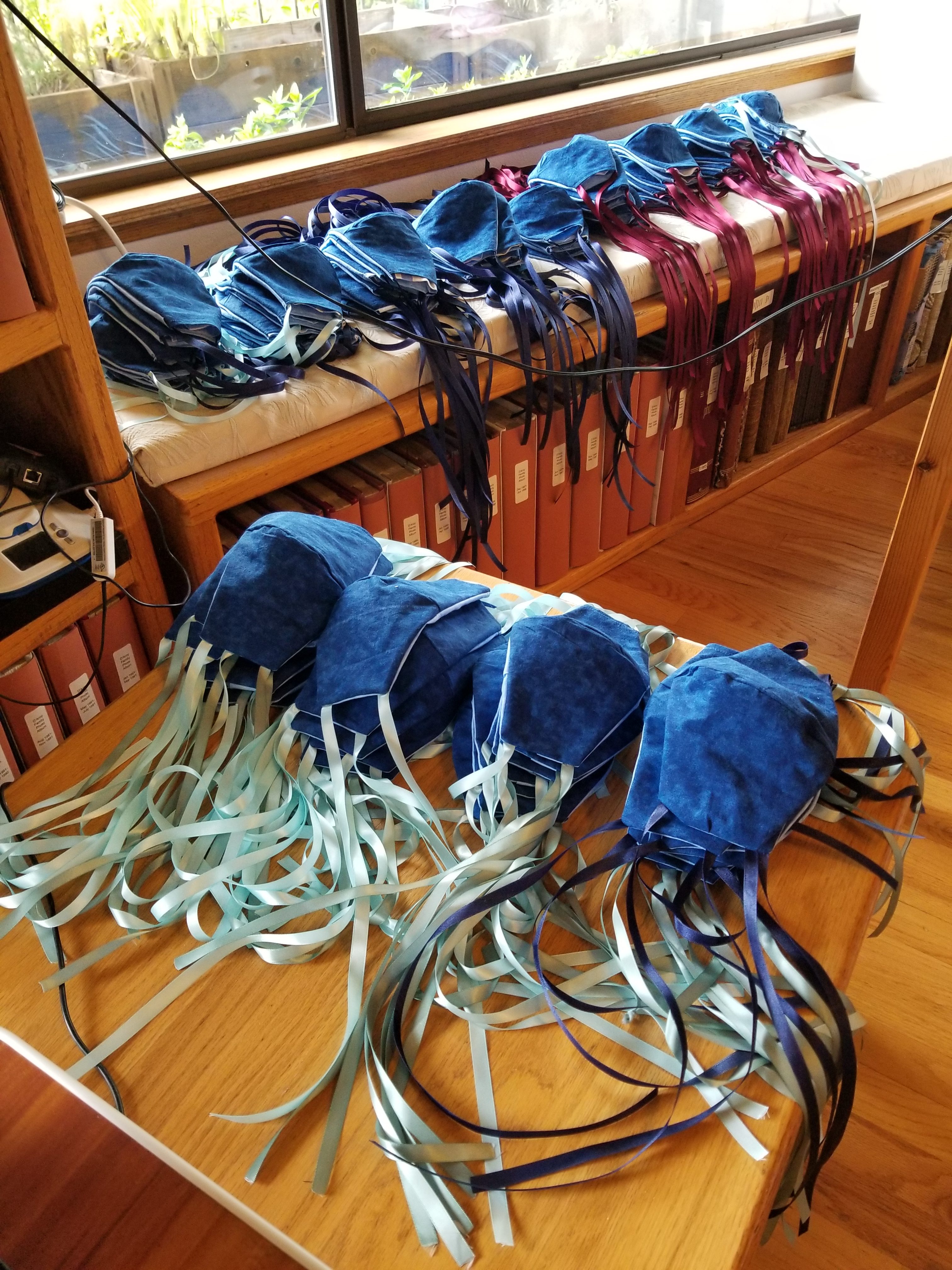
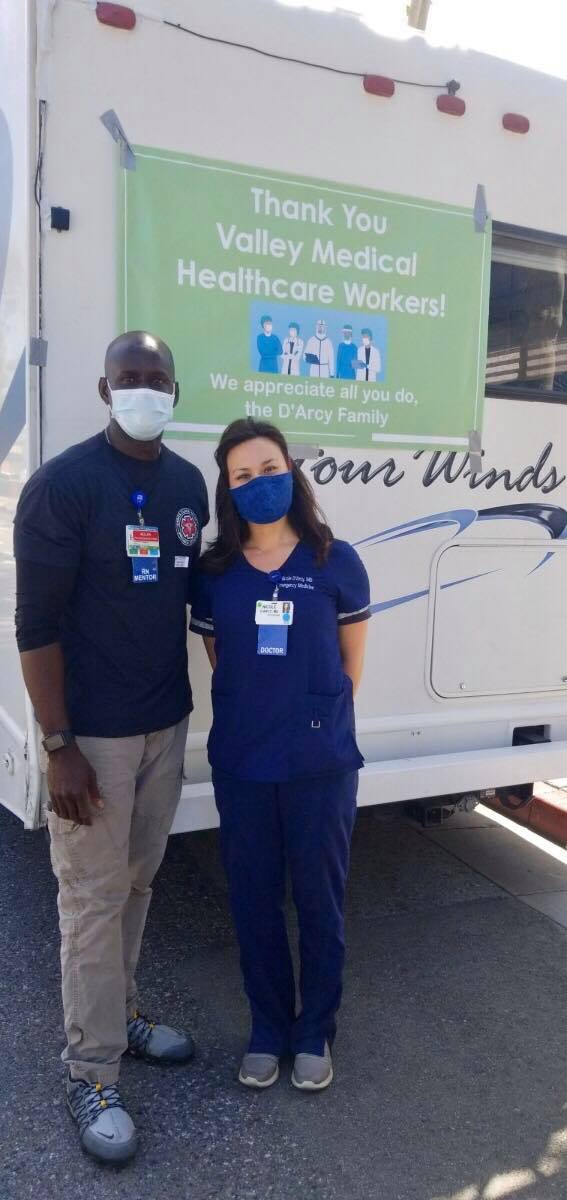

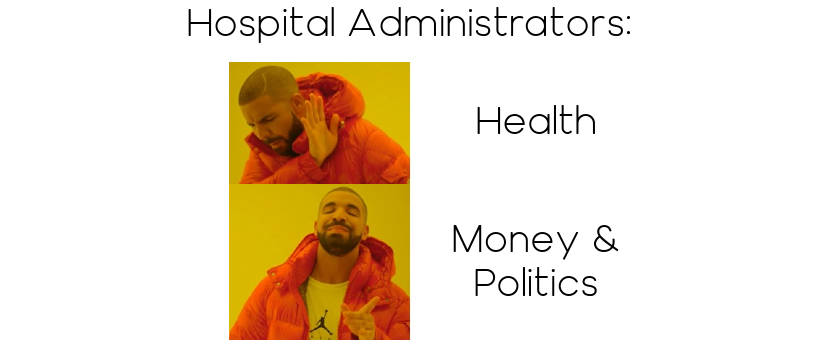
One by one, nurses got coronavirus at a Silicon Valley hospital while management kept quiet
Why can’t administrators be transparent and tell the truth? When they hold back statistics and information from their staff and the public, people will get infected and die. This affects everyone. We shouldn’t have to worry about protecting healthcare workers from their own administrators!
While this is a local story, this is happening all over the country. Hospitals in this country are BUSINESSES first, and they prioritize income over everything else. Anything that could possibly increase costs or decrease profits is something to be avoided or swept under the rug.
Sitting on information that could cost people their lives isn’t just morally bankrupt – it’s effectively murder, and it has to stop.
[Source]
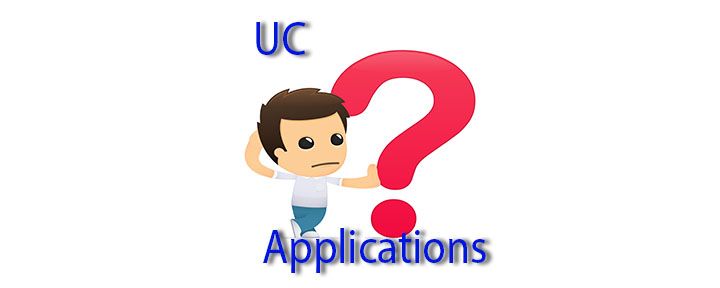
Worried about your UC applications? You’re not alone! There’s a lot of confusion with UC admissions, so I’ll clarify what is going on here. These are just temporary measures to help students who are dealing with closed high schools and cancelled SAT/ACT test dates.
1. Letter grades are NOT required for UC A-G courses for spring and summer 2020. So if your school has opted to offer only pass/fail marks, instead of grades, you’re still eligible.
2. UCs will calculate your GPA based on the grades you received in 10th and 11th grade (and the summers after 9th, 10th, and 11th grades).
3. SATs and ACTs will NOT be required for students applying during the 2020-2021 school year. This is only for this group of applicants (students graduating in 2021).
4. May 1st is still the deadline to accept offers to attend a UC this fall 2020.
5. If you need an extension for your final transcript (graduation 2020), UCs will be flexible. The deadline remains July 1st, but no student’s admissions offer will be rescinded for missing this deadline.
6. UCs will continue to give credit for students who have AP scores of 3, 4, or 5.
7. If your family is suddenly in a difficult financial situation as a result of the COVID-19 pandemic, contact your financial aid officers to discuss options.
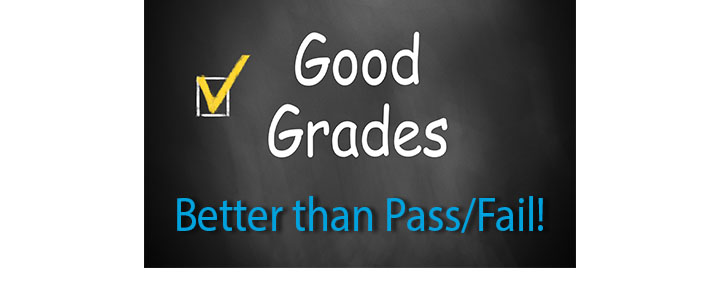
What does it mean for your child now that their classes will not return to school campuses for the rest of this spring semester? It means that you need to become both teacher and guidance counselor to ensure that your child stays on track.
Teachers and administrators have scrambled to learn how to conduct lectures in an online group setting. They are struggling to test students to determine if they understand the concepts covered in this new classroom venue. Some students don’t have access to high-speed internet or computers to partake in these classes. This isn’t fair to anyone – especially those students who don’t have laptops or teachers who don’t have the technical support to set up Zoom or Hangout classrooms.
As final exams loom over every high school teacher, schools are making difficult decisions about how to assign grades for courses taken this spring semester. College-bound students need strong GPAs and transcripts to be competitive in the college admissions race. I’m hearing that many high schools are succumbing to giving pass/fail marks instead of letter grades.
Average students benefit from pass/fail because colleges won’t know if they’re an A or a D student. For students applying to selective colleges, these pass/fail grades create a question mark about these courses. These students need to do other things to stand out in the college admissions process.
In addition to the problem with pass-fail courses on student transcripts, students really aren’t going to learn all of the concepts that would normally be taught in these classes. They lost several weeks of instruction due to the chaos that the shelter-in-place order caused in every school. Many classes have been reduced to just once zoom class per week while all other interaction with teachers consists of turning in homework assignments.
The problem with this scenario is that the students are expected (and need) to know all of these concepts in order for them to transition into the next class in the fall. That means that they’ll be starting the next level of instruction with a gap in their knowledge and skill set. This isn’t fair to their future teachers who will then attempt to teach those skills that weren’t taught this year along with all of the new concepts and skills they were planning to teach during the next school year.
Here’s what you can do as parent, teacher, and guidance counselor to your child:
1. Talk to your child’s teachers to determine what concepts will NOT be covered this year. Then look for resources that will help bridge this gap. Consider online lectures, videos, textbooks and other materials.
2. Use a planner to help your children organize their time so they can be sure to cover the additional reading, videos, or projects to supplement each of their academic classes. It’s easy for them to skip these extra steps amidst the lack of normalcy at home.
3. Insist that courses receive grades (not pass/fail) and work with your school to find solutions.
4. Hire a tutor who can teach concepts that your child is having difficulty with. Don’t let this snowball into a big problem next year.
5. If your children aren’t learning in one or more of their classes, consider enrolling them in accredited classes taught one-on-one with a real teacher (using Google Hangouts). They’ll have customized classes that focus just on your child. These courses will receive real grades (not pass/fail) and your children’s GPAs will be more favorable to college admissions officers.

So we’re staying at home, not going to work, and facing the biggest pandemic of our lifetime. We’re stressed and anxious. Nobody really understands how this coronavirus is transmitted, and we’re all worried about getting COVID-19 or giving it to our family and friends. So take this time to write or update your ADVANCE DIRECTIVE.
An Advance Directive lays out your end-of-life decisions. It took me years to write mine, and I only did it when my daughter Nicole pressured me to while she was in med school. While it might be difficult to consider, you really don’t want your loved ones to make these difficult decisions for you. It could cause unnecessary strife between your children and your extended family.
Nicole and fellow med school friend Anna Krawisz wrote a music video “Ode to Advance Directives” as a Stanford Med School project. Using humor, they sing about historical cases that will get you off the couch and at your desk writing your advance directive. Watch their music video and share with your loved ones.
While sheltering in place for another month, write your advance directive. It will be a gift you give your family should they need to make end-of-life decisions for you.
